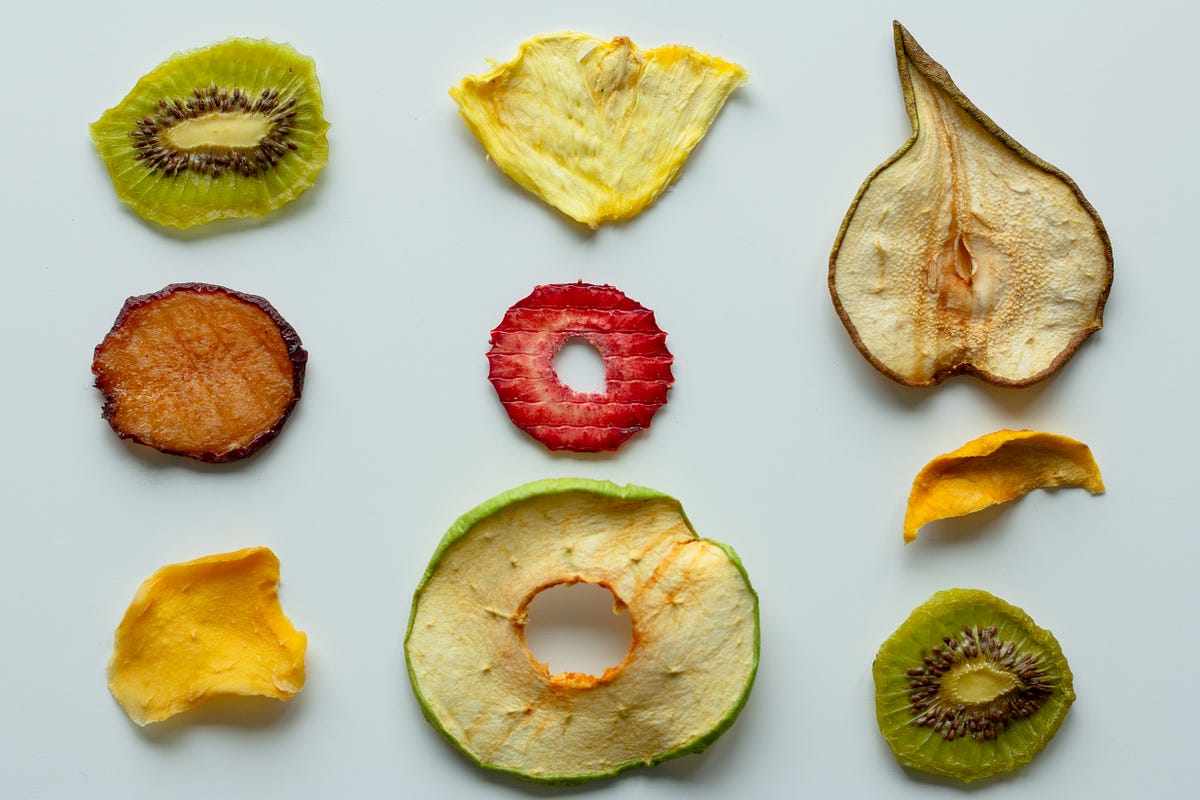A Synopsis Of Freeze Dried Emergency Food
A well-stocked food stock for preppers is vital to those who value self sufficiency in a rapidly changing world, where natural catastrophes, economic instability, or other unforeseeable events can disrupt the food supply. The importance of maintaining a steady food supply is well-known to preppers and those who strive to be prepared in case of emergency. Building and maintaining a reliable prepper food supply requires careful consideration, whether you are a new prepper or an experienced survivalist. Prior to starting your prepper food journey, you should consider your goals and your needs. Consider your household size, any dietary restrictions, and the amount of time you wish to be self-sufficient. This realistic assessment will help you decide how much and what kind of food to keep in your stockpile. For a balanced diet to meet your needs in an emergency, you should choose foods that are rich in protein, carbohydrates, vitamins, and minerals. Are you looking for freeze dried emergency food? View the before outlined website.
You must choose the correct food products for your preparedness stockpile. Select items that can be stored for a long time and do not require refrigeration or cooking. Choose canned foods, dried vegetables and fruits, freeze-dried meal, grains such a rice, beans, or oats. These meals are nutritious and easy to preserve. Provide comfort foods and familiar objects to help create a feeling of normality during tough times. A clean, sufficient supply of water is essential. Stock up on BPA free water bottles and aim for one gallon of water per day. It’s also a good idea to invest in water purification gear, such as filters or water treatment tablets, in case you need to use alternate water sources. Learn how to preserve your food and make it last for longer by using a variety of food preservation techniques. Canning, vacuum sealing and dehydrating are excellent ways to extend the shelf life perishable products. You can use these techniques to preserve seasonal produce and fruits while preventing waste.
Proper rotation and storage of your survivalist food stockpile are critical for preserving freshness and reducing waste. Implement the “first in, first out” (FIFO) principle, which states that you should use the oldest products first and then replace them with new supplies. Keep an eye on expiration date and replenish as necessary. Airtight bags, buckets or mylar containers with a proper seal protect food against pests. It’s a good idea to have a prepared food stock for the future. This will help you and your family survive difficult times. You can develop a food supply that is both nutritious and gives you peace of mind if you carefully assess your needs and select acceptable food products, implement proper storage procedures, and plan for all possible scenarios. Remember that preparation is an ongoing process, so make sure to check and replenish your prepper food supplies on a regular basis to ensure you are well-prepared for whatever challenges lie ahead. You may face the future with confidence and resilience if you have a prepared food stash.




